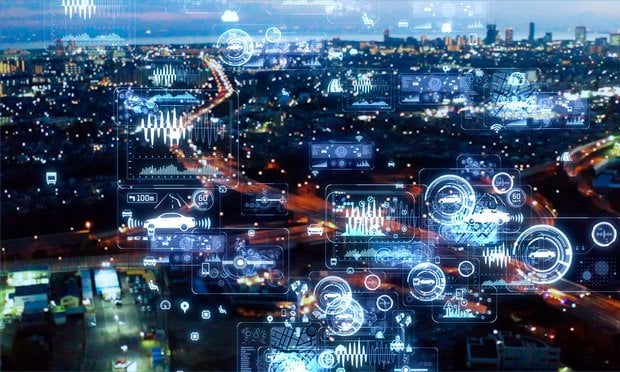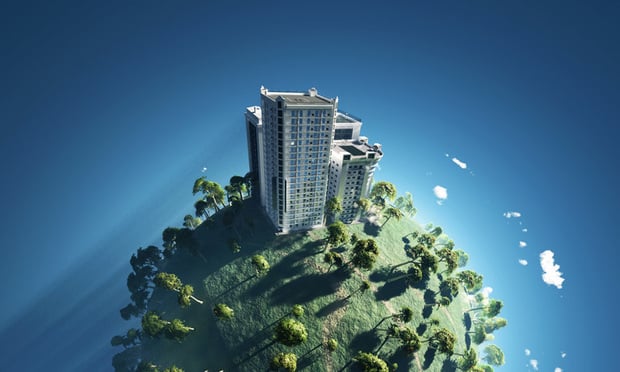Costs for automated machinery in industrial warehouses has dropped considerably in recent years and is forecast to continue to be more affordable, according to a new report from JLL.
This is a relief for some owners who are paying higher prices today to lease spaces.
Not long ago, these desired technologies had an estimated 10-year payback period—another metric that has seen reductions.
Recommended For You
Want to continue reading?
Become a Free ALM Digital Reader.
Once you are an ALM Digital Member, you’ll receive:
- Breaking commercial real estate news and analysis, on-site and via our newsletters and custom alerts
- Educational webcasts, white papers, and ebooks from industry thought leaders
- Critical coverage of the property casualty insurance and financial advisory markets on our other ALM sites, PropertyCasualty360 and ThinkAdvisor
Already have an account? Sign In Now
*May exclude premium content© 2025 ALM Global, LLC, All Rights Reserved. Request academic re-use from www.copyright.com. All other uses, submit a request to [email protected]. For more information visit Asset & Logo Licensing.








